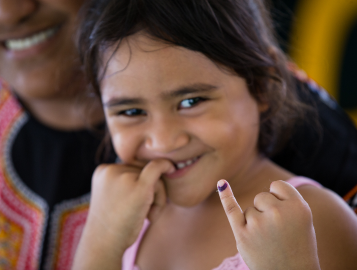Pacific Countries Adopt Digital Tool for COVID-19 Surveillance and Outbreak Data Management
As countries patiently wait and think on how to rollout the much awaited COVID-19 vaccines, health sectors around the world are also preparing for large scale immunization of its population. With the high likelihood of misidentification posing a threat on patient safety and public health, the need for patient identification strategies has reached a crescendo. In addition, secure and trusted COVID-19 vaccination certificates may play a critical role to reopen economies and resume international travel.
The pandemic accelerated the need for countries to adopt unique health identifiers for its population. Unique health identifiers (UHI) are structured numeric or alphanumeric sequence that stay with an individual for life. Countries that have recently adopted UHI also introduced smart cards and biometrics either using fingerprints, retina or facial recognition or a combination. There are also added benefits with UHI beyond the pandemic. Once every individual have been properly identified, it also shortens the path in achieving universal health coverage (UHC).
In many Pacific countries, health information systems are fragmented and incomplete. This include the lack a national health identification registry and/ or a master patient index (MPI). Most often the same individual have multiple patient numbers issued from various health services. This has lead to disruptions along the continuum of care, including hindering strategies for the identification and immunization of this individual during mass immunization campaigns. Due to the large-scale efforts required to introduce the COVID-19 vaccine, an electronic immunization system or a robust vaccine data management model will be required in the Pacific to identify the vaccine recipient and the vaccine event itself such as date administered, place of administration, schedule, doses applied, etc.

Globally there are various initiatives to develop a digitally enhanced International Certificate of Vaccination, or a “smart yellow card” to provide proof of vaccination. WHO has established a consortium to establish common architecture standards for a smart yellow card to support the mass rollout of anticipated vaccine(s) against COVID-19 and other immunizations in the future.
During the COVID-19 pandemic, some countries have started introducing biometric solutions to solve inherent challenges such as the lack or missing health identifiers for the purpose of contact tracing, testing and managing cases. From testing to discharge, suspected cases require multiple touch points within the health system. Scarce resources also need to be carefully prioritized amongst confirmed cases. Without a unique identifier, valuable time is wasted searching for patient records, patients may fail to receive their test results, and lives may be lost from compromised quality of care. Biometric identification enables accurate enrolment and identification of patients. Biometric technology can facilitate high quality data collection flowrate for new and suspected cases. What is more, the technology can be rapidly deployed and scaled on inexpensive devices. Biometric fingerprint technology has also been used to create digital identities as part of the public health surveillance response and boost immunization coverage in developing countries (mostly focusing on children 1-5 years of age).
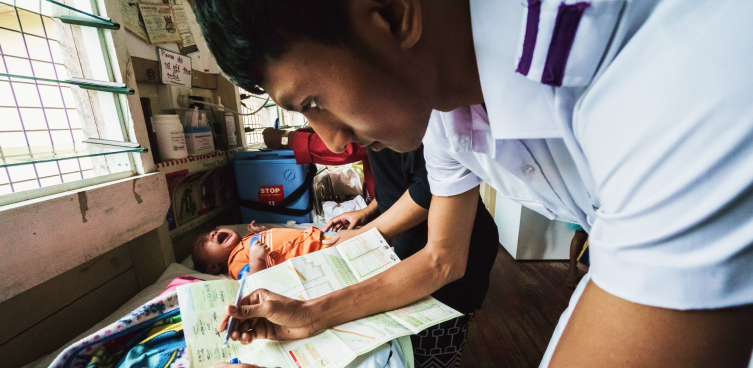
UHI, Biometric Use and Electronic Immunization Records in the Northern Pacific
The Republic of the Marshall Islands (RMI) has implemented unique hospital numbers associated with patient records and biometrics in its two most populous islands, Majuro
and Ebeye. In 2016, RMI recently introduced the use of biometrics (fingerprints) for its mass tuberculosis screening, which has proven valuable for follow-up, consequently reducing time spent tracking down previous patient records. On Majuro, the hospital has set up its health information system to use fingerprint registration which can be used to access patient information.
The Federated States of Micronesia (FSM) Department of Health and Social Affairs has been working to set up an EMR system with a unique hospital number for each patient. In 2017, Pohnpei State and Chuuk State health departments in collaboration with WHO, developed an electronic data collection form with fingerprint registration to facilitate integrated outreach service programmes. These programmes included noncommunicable diseases, tuberculosis, leprosy, maternal and child health immunization, HIV, sexually transmitted infections, oral health, and other services at designated village outreach posts.
The health team enters the individual’s unique hospital number into the system after returning from the outreach service. This new registration scheme has already accelerated outreach programme operations, facilitating continuity of care for registered villagers and aiding in monitoring programme achievements. The programme currently covers Madolenihmw and Kitti Municipalitiesy in Pohnpei State and Toleisom Island, PPO Island and Weno Island in Chuuk State. WHO continues to support the Department of Health and Social Affairs to implement the same registration scheme in hospitals and remove duplicate records from an old legacy database.
All U.S. affiliated Pacific Islands (USAPI), including FSM and RMI, use a system called WebIZ as their immunization information system (IIS). Individual-level data in the IIS has also made possible more varied analyses of indicators of immunization program performance such as timeliness of vaccination, proportion of invalid administered doses, and frequency of missed vaccination opportunities. Overall, WebIZ has contributed to the overall strengthening of the territories’ immunization programs.
The combination of a robust health identification systems, electronic patient records and an ISS provides a strong foundation to roll-out COVID-19 vaccines in the countries.
Compared to many other parts of the world, the Pacific have a head start by firstly recognizing there is a regional problem with the lack of universal health identification. The Pacific Community (SPC) Heads of Health in 2018 had the foresight and started a national identification mapping initiative with emphasis on civil registration and UHI. In 2019, the World Health Organization (WHO) also commissioned a landscape analysis and confirmed the limited use of UHI. With the assistance of the WHO and SPC, the collective plan is to build on this foundational piece of work for future initiatives such as the COVID-19 vaccine rollout.
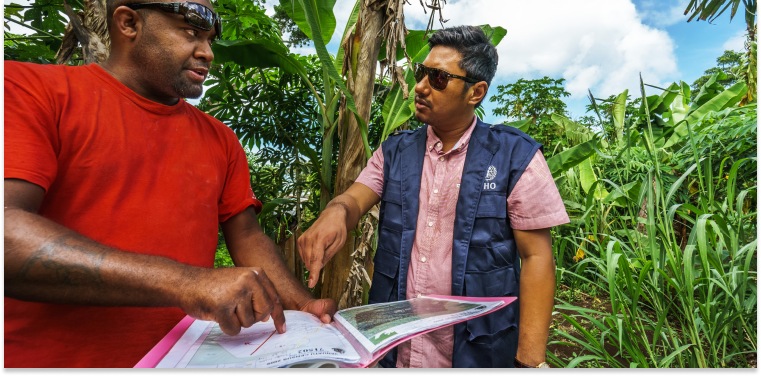
The Pacific COVID-19 Joint Incident Management Team (JIMT) and its COVID-19 vaccination taskforce is supporting the overall COVID-19 vaccination roll-out across the Pacific. The JIMT is ready to provide the necessary support to advance country-level planning in introducing the new COVID-19 vaccine and to identify key components (including health information systems and patient identification) to strengthen its state readiness as global preparations are well underway to vaccinate the population against this pandemic.
PARTNERS
PROJECT TYPE
LOCATION
SHARE
RELATED RESOURCES

MATERIAL DECEMBER 2018
The Role of Digital Identification for Healthcare 2018 Identification for Development (ID4D), World Bank
VIEW MATERIAL
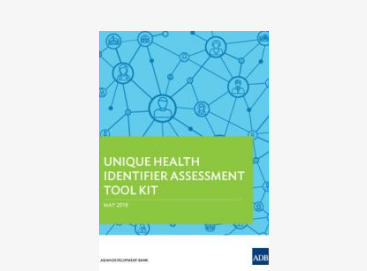
MATERIAL MAY 2018
Unique Health Identifier Assessment Tool Kit 2018
VIEW MATERIAL
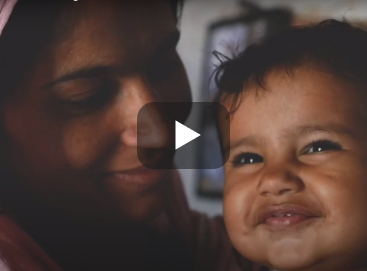
MATERIAL OCTOBER 2019
Gavi is working with Simprints and NEC Corporation to deliver portable biometric ID services
WATCH THE VIDEO
